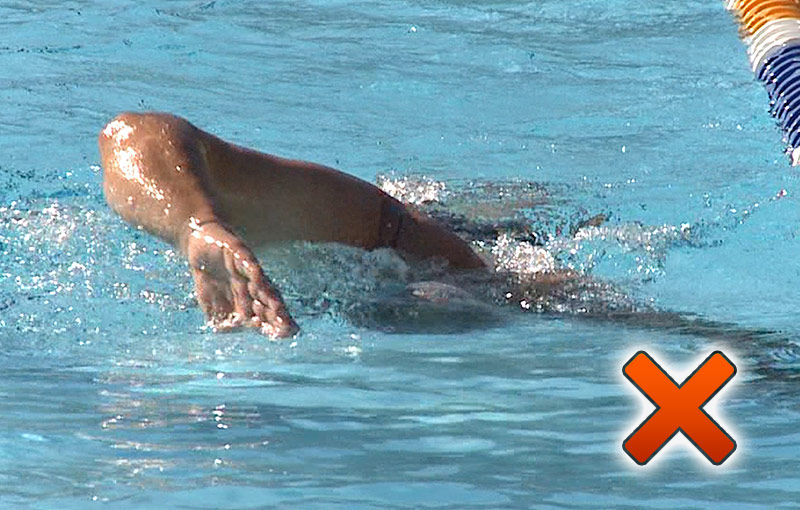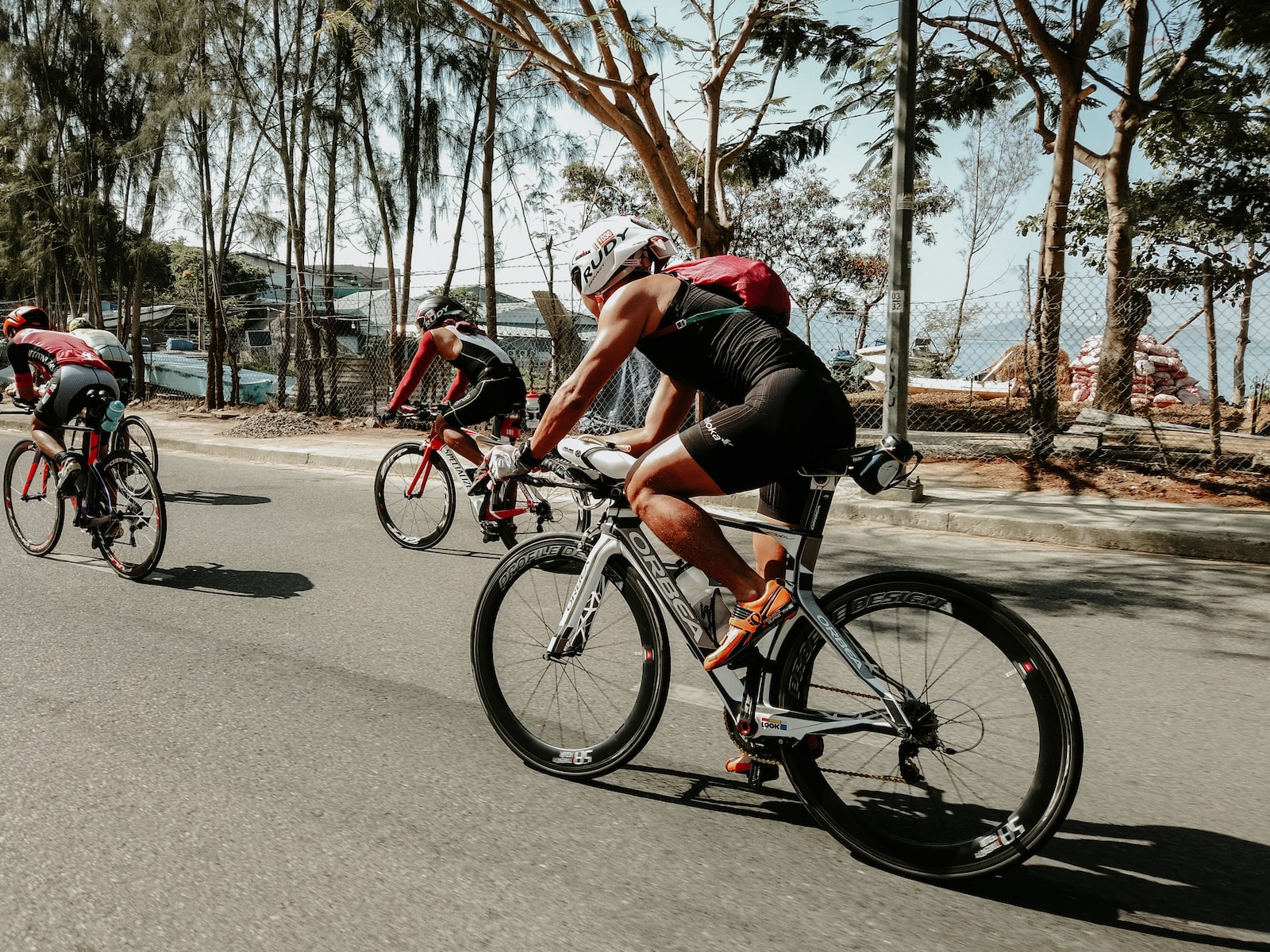
About Me
Before we begin I’d like to introduce myself, my name is Corinne Allmark. I swam competitively from the age of 7 until roughly 20. Competing for Horwich, Bolton Metro and Lancashire, as well as competing at the National age groups in different events from breaststroke, butterfly and individual medley.
Towards the end of my competing career I began coaching. Due to the level I had competed at I was quickly coaching young swimmers also on the path to Nationals and some even International.
Becoming a physio
As a physio my history in swimming has massively helped when it comes to assisting patients that swim. Combining the understanding of what is required from your body, as well as how you move through the water. As a coach I always enjoyed the technical side of swimming, making your stroke as efficient as possible and combining that with physiotherapy only makes sense.
In this blog
Here we are going to cover a few areas of swimming that could potentially cause injury and ways to avoid it.
The shoulder joint
With the shoulder being a ball and socket joint, it requires soft tissue to keep the ball in the cup. Most of you may have heard of the rotator cuff muscles. This group is made up of 4 muscles that each hold the shoulder from different points, with the aim to hold it in the centre of the joint so it can rotate smoothly. If any of these muscles get injured or compromised, it will effect the efficiency of the shoulder, therefore reducing the power you are able to produce.
To assist your rotator cuff muscles, we also require the muscles around your back and ribs to help maintain stability of your shoulder blade. This is where the ground strength of your shoulder comes from. If you have noticed your shoulder blades stick out quite bit, this could mean you are not as strong as you could be in your shoulders.
Having stability of your shoulder blade also takes pressure off the ball and socket joint, as it helps to open up the space at the top of your shoulder to prevent any muscles getting trapped.
Provided this is working well we should have control of movement. For this I’m talking about how your shoulder, shoulder blade and spine all work together. To allow you to get full power and good purchase on the water you want this to work together, the correct muscles to kick in at the correct time. Something we see in a lot of over head athletes is that your upper trapezius muscle and lats can sometimes over work, causing this smooth movement pattern to become slightly out of sync.
What else can help?
Flexibility is another component that will assist in preventing injuries. If you think of the movements you put your body through when swimming, they are not the most normal movements you do on a day to day basis. Whether that be fly arms or breaststroke kick, to achieve these well you need to be supple in your back, shoulders and hips. Doing regular stretches both as a warm up and cool down are a good way to prepare your muscles and joints for what you require of them as well as preventing injury.
Core Control is something that tends to be forgotten about as we rely on the water to hold us up. Core control and proprioception is huge in swimming. To be able to control where your body is and how you are moving through the water can have a massive impact on your technique and ability to pull yourself easily through the water.
Main stresses
Swimming itself puts a lot of stress and demand on your shoulders and this can be increased with poor technique
4 main common errors are:
Over rotation on arm entry into the water/thumb first entry, this closes down the gap at the front of your shoulder and can trap muscle tendons.
Over reaching on entry, where you cross over the centre line again compressing the space at the top/front of your shoulder and over stretching the back.
Reaching too deeply to aim to catch the water, this again can over stretch and put a lot of pressure on the shoulder joint.
As does pulling through the water with a straight arm. This increases the load on the shoulder and is not only inefficient but again increases the stress you are putting your shoulder through.
Correct technique isn’t only down to your coach to pull you up, this is where that awareness of how you are moving yourself comes in very handy. If you know and understand what you are doing it is much easier to correct.
What else can you do?
If you feel an assessment is required to ensure your shoulders are moving efficiently our free 15 minute checks are a fantastic tool, In this we will look at your range and control of movement.
Then using results from those movements and tests, we are then as physios able to develop a treatment plan, to either prevent any injury or potential issues, along with reduce the risk of future problems. If there is already an injury; a combination of hands on treatment and exercises would be ideal, to guide recovery and return to full performance.
How Summit differ…
As physios, and especially at Summit we don’t want you to be away from your sport for long, or even at all. Prevention of injury is key, but isn’t always the way things go. So, if an injury was to occur getting it sorted early will prevent you from being out of action for too long.
As previously mentioned we are offering free 15 minutes injury assessments, not just for shoulders but also for back, neck and knees.
So, call us on 0800 731 2738 or book online.
To assist what you do in the pool doing land based training including resistance and core exercises can massively assist your development and progression with your training.
Knowledge and awareness of how you hold yourself and how you move both in and out of the water can help prevent injury and improve knowledge of technique.
Regular stretches and foam rolling helps to reduce tension in the muscles.
To aid that further sports massage is a great tool for injury prevention.







